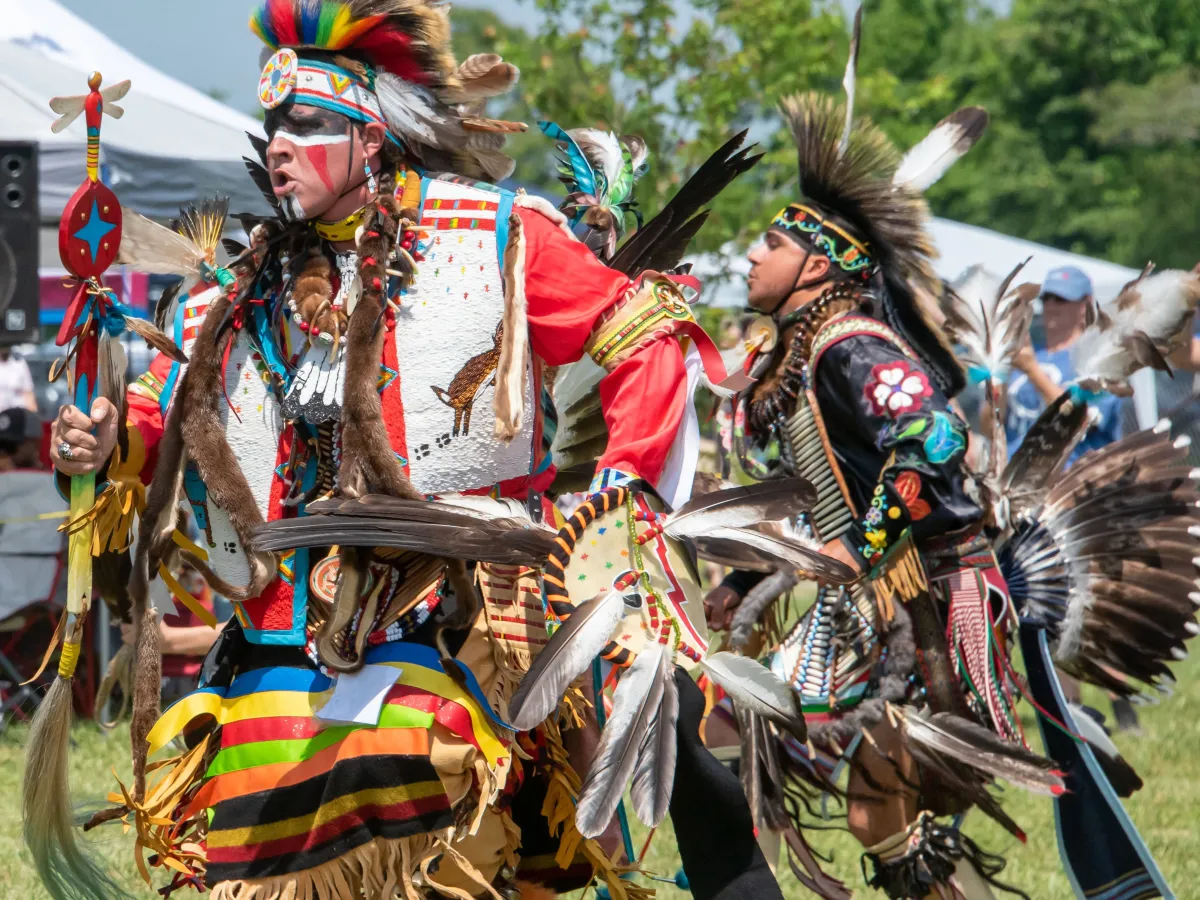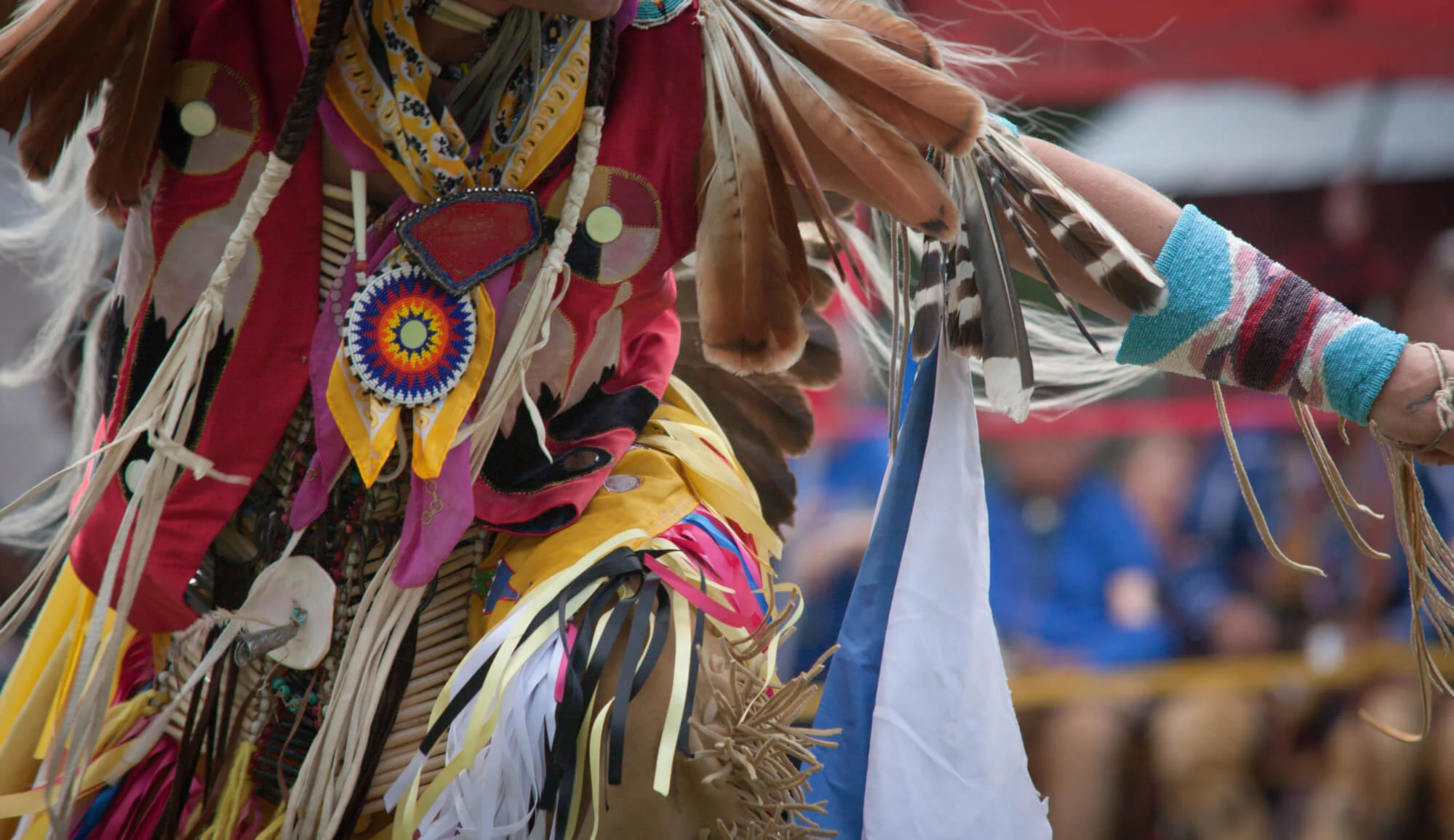Blog
What is Native American Heritage Month and When is it?
Every November, Tamara St. John, an enrolled member of the Sisseton Wahpeton Oyate of the Lake Traverse Reservation in South Dakota and House Chair of the State-Tribal Relations Committee in the South Dakota State Legislature, looks forward to honoring Native American heritage. But what exactly is Native American Heritage Month, and when did it begin?
Native American Heritage Month is a time to celebrate the significant contributions and influence of Native American people throughout U.S. history. It provides an opportunity for Indigenous communities to take charge of their cultural heritage by sharing their stories of the past and present. “Native American Heritage Month is a great opportunity for Indigenous people to take control of our cultural heritage by telling our own stories of who we are historically and, most importantly, who we are today,” says St. John.
Elic Weitzel, PhD, a research fellow in the Anthropology Department at the Smithsonian National Museum of Natural History, explains, “Native American Heritage Month is important because it officially recognizes the contributions that Indigenous peoples of the United States have made to the world.” However, he also emphasizes that this recognition should not stop at gestures, but should be part of ongoing efforts to improve the material conditions of Native Americans today.
Ohio State Buckeyes Native Heritage Hoodie Celebrate November
When is Native American Heritage Month?

Native American Heritage Month takes place every November in the United States. Its timing is not coincidental, as it coincides with the Thanksgiving holiday. Weitzel points out that Native American Heritage Month grew out of “American Indian Week,” which was established in 1986 under President Ronald Reagan. This week, which ran from November 23 to November 30 to include Thanksgiving, set the stage for President George H.W. Bush to extend it into a month-long celebration in 1990.
In his 1986 proclamation, President Reagan noted that during the Thanksgiving season, Americans are reminded of the early friendship between the Pilgrims and Native Americans. He expressed gratitude for the “friendship, cooperation, and brotherhood” between the two groups. Similarly, President Bush’s 1990 proclamation continued the theme of Thanksgiving and the help Native Americans provided to the Pilgrims, although many Native Americans view Thanksgiving as a reminder of the colonization and genocide of their peoples.
A Brief History of Native American Heritage Month
Native American Heritage Month was officially recognized in 1990 under President George H.W. Bush. The month was initially called “Native American Indian Heritage Month,” established by a congressional resolution acknowledging the contributions of Native peoples to the United States.
This resolution was part of a broader initiative by President Bush’s administration, which also passed significant legislation such as the Native American Graves Protection and Repatriation Act and the National Museum of the American Indian Act. These laws, signed by Bush, ensured the repatriation of cultural objects and the establishment of the Smithsonian’s National Museum of the American Indian.

The history of Native American Heritage Month, however, stretches back to 1916 when a man named Redfox James traveled from state to state, gathering support for a day to honor Native Americans. St. John notes that for many tribes, November marks the beginning of winter, which is traditionally a time for storytelling. Families often gather indoors, honoring the wisdom of elders, practicing traditional arts, and passing down stories through oral traditions.
What Happens During Native American Heritage Month?
The way Native Americans observe this month varies among different tribes. Some communities host gatherings or events with local partners. St. John explains, “Through events coordinated for Native American Heritage Month, others can come to visit our homelands and be our guests while enjoying things like a PowWow with singing and dancing. They can also view or purchase tribal art, beaded items, and cultural expressions like moccasins or jewelry.”
At the same time, St. John acknowledges that many Native Americans feel that stereotypes from the past, often negative, still surround them today. These outdated images can hinder the development of positive relationships and partnerships. She stresses that it’s essential for people to recognize that Native Americans still exist today, and are not the outdated stereotypes seen in old Western films.
Weitzel encourages people to “take time to listen to and elevate Native voices in all of these conversations,” not just during Native American Heritage Month but year-round.
As St. John aptly puts it, “Native American Heritage Month is truly a celebration of Indigenous people in so many different ways. It’s a time when people who love history can explore first-hand the Native American perspective. It’s always my hope that we can share who we are and how we came to be here in a way that leads to new relationships and understandings.”
Follow Our Social Media: Facebook, Twitter, Pinterest, Instagram
Homepage: Rebsuke.com



